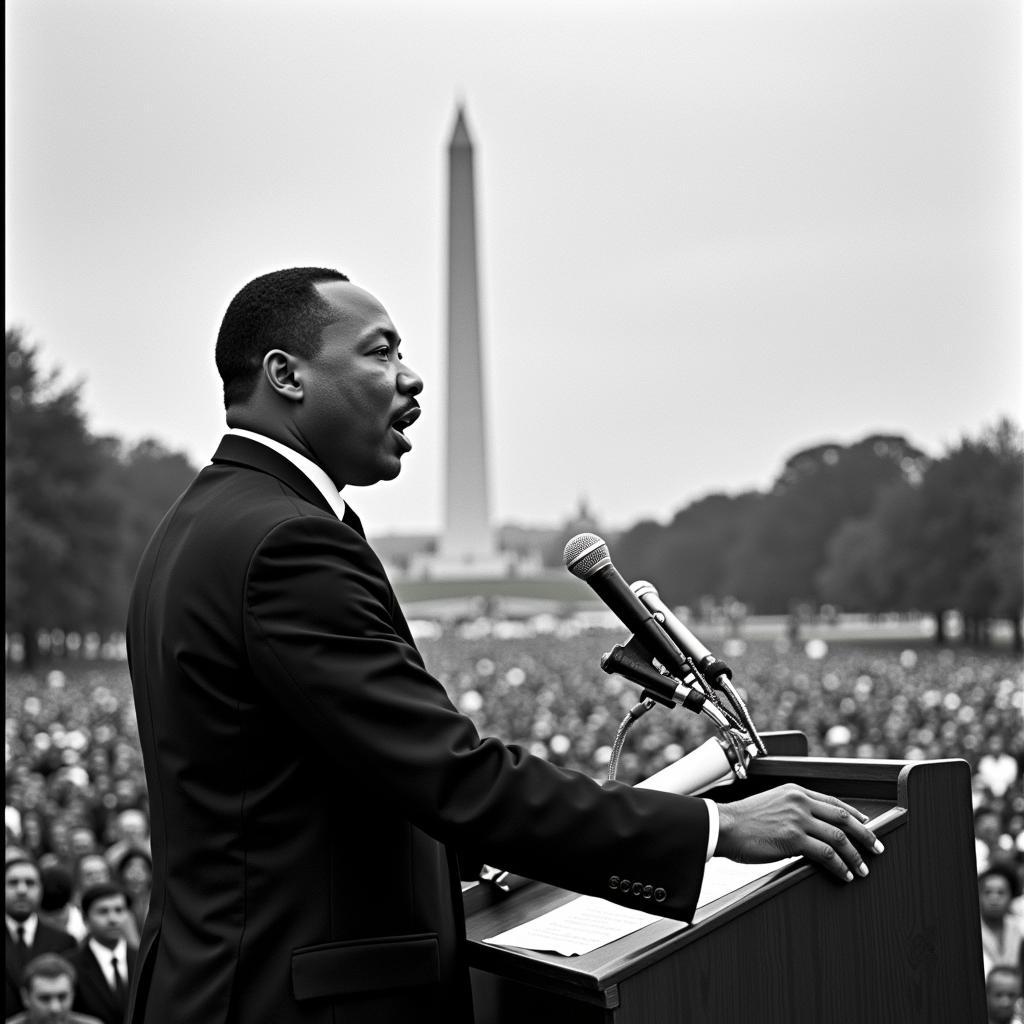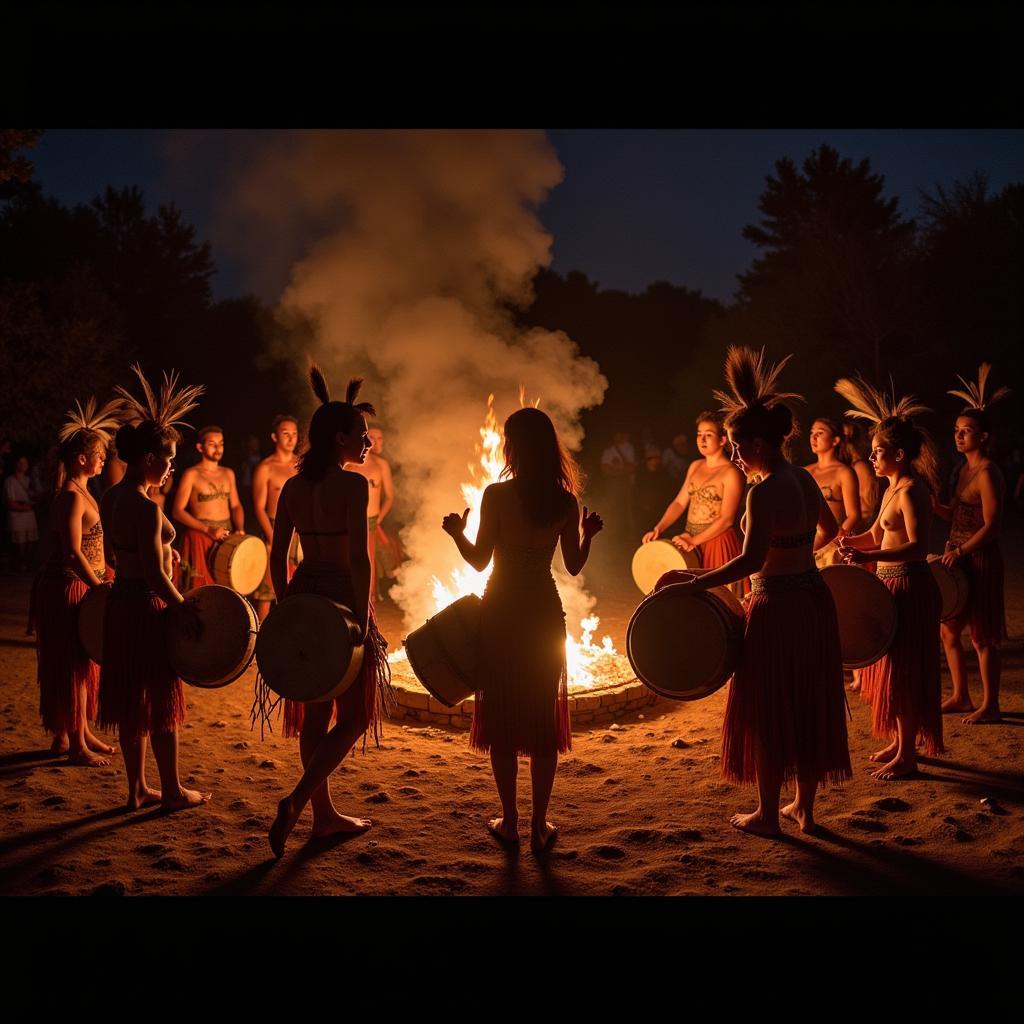Understanding the African American Civil Rights Movement: A Deeper Look
The African American Civil Rights Movement, a pivotal period in American history, witnessed the tireless struggle of Black Americans to dismantle systemic racism and secure equal rights under the law. This transformative movement, spanning from the mid-1950s to the late 1960s, employed various methods of resistance, from peaceful protests and boycotts to legal battles and acts of civil disobedience.
 Protesters Marching for Civil Rights
Protesters Marching for Civil Rights
The Roots of the Movement: Unpacking Decades of Discrimination
To truly grasp the significance of the Civil Rights Movement, it is essential to delve into the historical context that fueled its emergence. Following the American Civil War and the abolition of slavery, discriminatory laws known as Jim Crow laws were enacted across the Southern states. These laws aimed to disenfranchise Black Americans, relegating them to second-class citizenship and enforcing racial segregation in all aspects of public life.
Key Figures and Pivotal Moments: Shaping the Movement’s Trajectory
The Civil Rights Movement was propelled by a multitude of courageous individuals and organizations that dared to challenge the status quo. Figures like Martin Luther King Jr., Malcolm X, and Rosa Parks became symbols of resilience and hope, inspiring millions with their unwavering commitment to justice.
One of the most iconic events of the movement was the Montgomery Bus Boycott, sparked by Rosa Parks’ refusal to give up her seat on a segregated bus in 1955. This year-long boycott not only brought economic pressure but also shone a spotlight on the injustices faced by Black Americans, capturing national and international attention.
Legislative Victories and Enduring Challenges: The Legacy of the Movement
The Civil Rights Movement culminated in significant legislative victories, most notably the Civil Rights Act of 1964 and the Voting Rights Act of 1965. These landmark acts outlawed discrimination based on race, color, religion, sex, or national origin, and ensured the protection of voting rights for all citizens.
 Martin Luther King Jr. Delivering His "I Have a Dream" Speech
Martin Luther King Jr. Delivering His "I Have a Dream" Speech
Despite these legal triumphs, the fight for racial equality is far from over. The Civil Rights Movement laid the groundwork for continued progress, inspiring subsequent movements for social justice and equality. Understanding this pivotal period in American history is crucial for comprehending the ongoing struggle for racial justice and the importance of dismantling systemic racism in all its forms.



